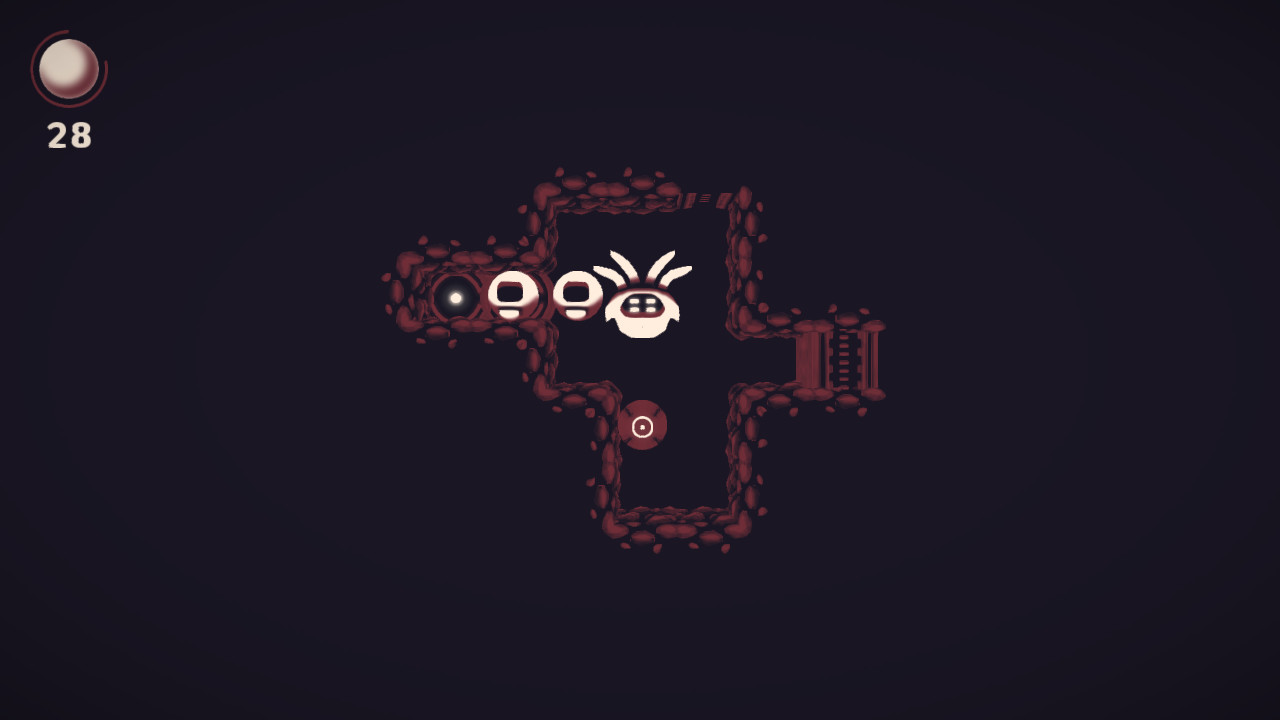


Countershading is done when an animal is light on its underside while dark on its upper parts. Some of these animals in this zone adapt to the technique of countershading. Other organisms like the tripod fish and other species stay in darkness all their lives.Įuphotic zone organisms mainly include most of the ocean fishes like sharks and rays, man o war, jelly fishes, sea turtles, corals, seals and zooplankton. Another fact of these organisms is that they inhabit in the aphotic zone, while they migrate vertically in the photic zone in the night time. All kinds of marine organisms are found abundantly in the photic zone, mainly in the euphotic portion. Generally, the euphotic zone extends to a depth of about 80 to 100 meters while the disphotic zone measures in depths of about 80 to 700 meters. The real depth of these zones depends on the local conditions like cloud cover, water turbidity, or the ocean surface. Under this zone lies the disphotic zone, which is not illuminated properly and hence the rates of respiration exceed those of photosynthesis. The euphotic zone is described as the layer which is closer to the surface, this receives quite enough amount of light for the process of photosynthesis to occur. Hence, if we go deeper, beyond the photic zone, which is called the compensation point there live negligible phytoplankton due to insufficient sunlight. For the fact, even ninety-five percent of the photosynthesis occurs in the photic zone in the ocean. Phytoplankton grows extremely quickly as the sunlight's heavy influence enables the plant process to be at a fast rate. This process helps mainly the primary producers like the phytoplankton. This occurs because of the abundant availability of solar energy, which acts as a great energy source for the process of photosynthesis. In this zone, which is called the photic zone, here the photosynthesis rate exceeds the respiration rate. In this zone particularly the majority of the fisheries activities are done and it is home to many protected marine mammals. The upper surface of the ocean which is of 200 meters (656 feet) is called the euphotic, also known as the "sunlight," zone. Beneath this zone is the disphotic zone, which is poorly illuminated, and thus the rate of respiration exceeds those of the photosynthesis process. This zone receives abundant light for the process of photosynthesis to take place. The layer which is closer to the surface of the earth is called the Euphotic Zone.


 0 kommentar(er)
0 kommentar(er)
